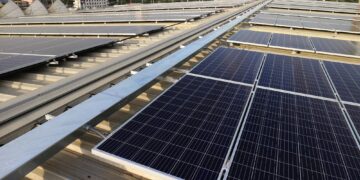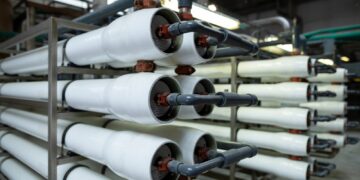Sungrow Power Supply, a company traded on the Shenzhen stock exchange, has announced plans to establish the largest battery energy storage project globally in Saudi Arabia. This venture will result in a significant 7.8-gigawatt-hour (GWh) battery energy storage system (BESS) spread across three different locations: Nairan, Madava, and Khamis Mushait.
The initial phase involving equipment delivery is set to commence within the year, with the ambition of having the full capacity connected to the grid by 2025. The initiative will integrate close to 7.8 million battery cells, enhancing the Saudi power grid’s stability and reliability.
The project’s success hinges on intelligent energy management systems (EMS) and battery management systems (BMS) for safe and efficient operation. These systems will manage everything from individual battery cells to the entire energy storage power stations.
In preparation for the construction and design of the project, Sungrow will undertake system simulations and grid hardware-in-the-loop (HIL) experiments to mimic the local grid’s actual conditions. These steps are crucial to verify the field-level strategies’ consistency and guarantee the safe and stable integration of the energy storage system into the grid. The expected lifespan of the project exceeds 15 years.
More than 1,500 state-of-the-art PowerTitan2.0 liquid-cooled energy storage systems will be deployed, featuring an integrated AC storage design that boasts high energy density and allows customers to save up to 55% in land space.
The systems are designed for quick and efficient deployment, with pre-installation and pre-adjustment done before leaving the factory, facilitating immediate grid connection upon arrival. Leveraging its intelligent manufacturing capabilities and extensive global sales and service network, Sungrow aims to meet the demands for expedited project delivery.
In a concurrent announcement, Sungrow revealed their involvement with the Vilvoorde BESS project in Belgium, a collaboration with Engie to set up an 800-megawatt-hour (200 MW) system, which will stand as one of the largest in Europe once completed.









